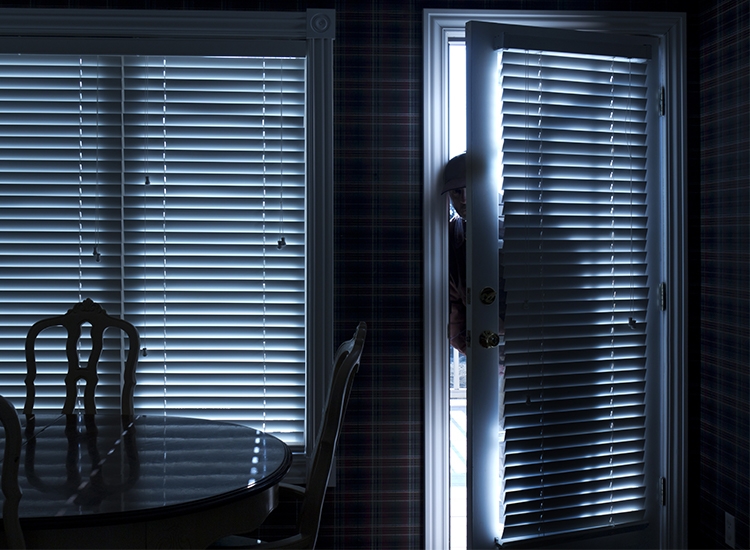How the security industry can address the challenge of temp & vacant properties
One of the emerging challenges facing the security industry following the pandemic is the number of vacant or temporarily occupied properties. These properties themselves aren’t a new challenge, but the scale is: 10% during 2020.
When the first work from home order and resultant lockdown was passed in March 2020, our industry had to react overnight. The priority was securing premises, whatever the method or cost. Retail outlets had unsecured stock, and offices were littered with personal possessions and valuable equipment.
More than a year later, the temp and vacant challenge persists. Despite lockdown restrictions easing and more people returning to work, temp and vacant properties are another aspect of the “new normal”. And it’s up to us to provide an efficient and cost-effective security solution for the long term.
Why temp and vacant properties are a fixture of the future
The pandemic has accelerated trends in commercial properties and in many cases, these impacts will not reverse, at least not back to pre-pandemic levels. A Cushman & Wakefield report from May found that the office vacancy rate in London of 6.8 per cent is the highest for more than ten years, and the leasing activity is also well below the five-year quarterly average.
Though some businesses have said they plan to have all employees back in the workplace, the reality is that many will opt for a hybrid working model. That means offices will often be at low occupancy or only in use some of the time. Furthermore, there will be lots of vacant properties on the market for the foreseeable future.
It’s a similar story in retail. The Centre for London found that one in seven shops across the UK were unoccupied at the end of 2020. Online shopping experienced a boom during the pandemic and many retailers may opt not to return to a physical shop. Others that have been hit particularly hard may not be able to afford to.
Even if there is a rebound when restrictions are finally lifted, temp and vacant properties are here to stay, and we must be prepared.
The risks of temp and vacant properties
From a financial perspective, businesses must consider mortgage and insurance obligations, as well as business rates. But it’s the security perspective that we are interested in.
Perhaps the main risk of a vacant property is squatters and the illegal use of premises. Empty commercial properties can be attractive to squatters and once they are in a building the owner must initiate legal proceedings to have them removed. This can be time-consuming and expensive, and while the squatters are present the business will not be able to operate within that premises.
Illegal gatherings and activity are another concern. We work with a client that manages sites for thousands of small business units and have seen everything from loitering to raves. At best, this can be an annoyance to the business and neighbours; at worst, there can be extensive damage or injuries. The property owner may be liable, especially if they have not taken reasonable steps to prevent this activity. Working with a specialist security partner will help to greatly mitigate these risks.
Security solutions for the new challenge
Providers have had time to test and hone different solutions, and now’s the time to formalise them into a genuine service.
As with many solutions, there’s often a sweet spot of combining human and technology.
On-site security can work well for temporarily occupied properties as the offices can also perform front-of-house duties. The cost shouldn’t be too prohibitive either as the site is only in temporary use.
For vacant properties, officers should be used more sparingly. This might be through mobile patrols, random site visits, and rapid response. Utilising a central security hub can enable a small team of offices to monitor numerous sites and react immediately to any threats.
Technology has a big part to play and there are plenty of great options for temp properties, ranging from standalone video verification alarm systems to emergency lighting and temporary fire alarms.
Vacant properties can be secured with emergency fencing and razor wire, while steel doors and screens are both a great visual deterrent and a highly effective protection against break-ins.
Additional business support
Security providers must ask themselves how else they can support their clients and make their services invaluable. In the case of vacant properties, it may be that a client decides to reopen a site at short notice. Security providers should be ready to react and can even offer support in reopening, such as pest control and deep cleaning to get a site ready.
Our industry has demonstrated its value throughout the pandemic. Now it’s time to show that we have plenty to offer as business partners in the long term.
Darren Read
Managing Director
Amulet
Click here for more articles from Darren Read
Click here for more articles from Amulet
Click here for more articles on Security Management


